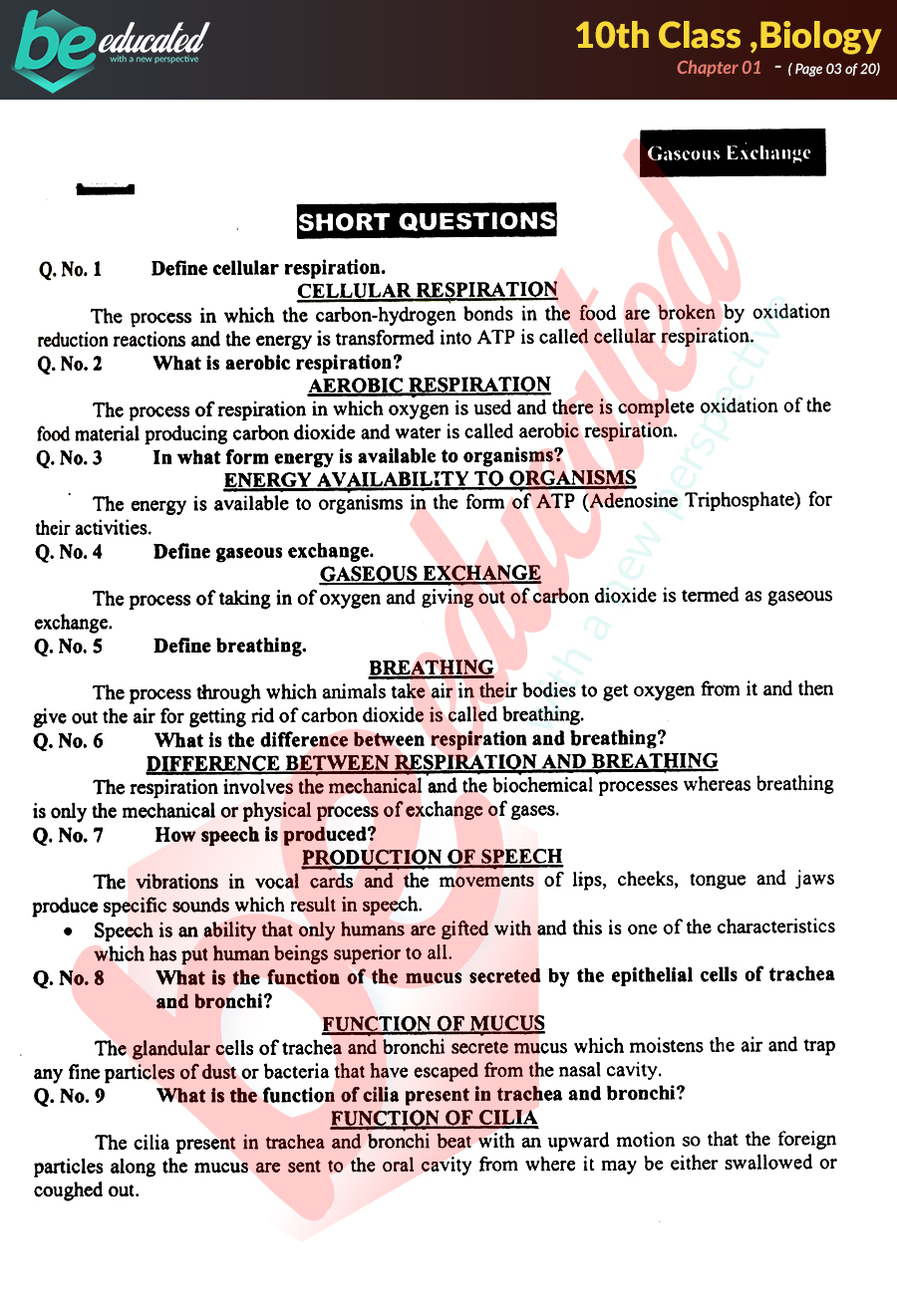
Unraveling the Mysteries of Life: Exploring 10 Fundamental Biology Questions
Life is amazing! From the tiniest cell to the biggest animal, it's a complex, beautiful thing. Scientists study life—its beginnings, how it works, how it changes, and what can go wrong. This article looks at some super important questions about life on Earth.
The Dawn of Existence: How Did Life Begin?
Life began a very long time ago. Scientists aren't totally sure, but it probably started around 4 billion years ago. Some guesses include a process called panspermia. Others say life may have begun in the deep ocean in places like hydrothermal vents. Another theory talks about RNA being very important. This stuff is key for life. We're still exploring how life first came to be. The whole thing is fascinating!
Cellular Mechanisms: Understanding the Building Blocks of Life
Cells are like tiny machines! They work together, forming tissues and, well, everything else. Some cells have special parts called organelles. Each part plays its own special role in the cell, such as power, transportation, building blocks for new parts of the cell. All in all, understanding these tiny machines can give a new idea about our health and bodies.
There are two kinds: prokaryotic and eukaryotic. Prokaryotic cells are simpler; eukaryotic cells have a bunch of tiny parts within them! Learning about cells means getting smarter about how our own bodies function, from little cells to big ones.
The Blueprint of Life: DNA's Role in Heredity
DNA carries all the info for living things, basically. It's like a code, which instructs a cell, on building parts and how it functions and behaves. This info goes from generation to generation, too, showing how families are related.
Genes are parts of DNA; these are the specific instructions for certain features. For example, you can inherit genes for tall height or dark eyes from your relatives! So basically, DNA contains the information to build us.
Evolution: The Story of Life's Transformations
Evolution is when life changes over millions of years. A great example would be dinosaurs. Some changes make some things die. The ones who manage to survive are the ones that have the traits best fit to live in that time and place. That's a key part of life’s journey! This natural selection is a process for life to change gradually!
Species can split, creating different groups over many years; sometimes environments push them in opposite directions! We see all these results of evolutionary pathways in how life on Earth appears today.
The Nervous System: Communication and Control
The nervous system lets your body respond to things quickly! Neurons work by passing signals; this is fast-response technology at a cellular level! Neurons use these signals, which connect to every part of your body. It controls everything!
Signals hop between neurons via this neat structure. Brain structure controls behavior and emotions! There are parts of the brain doing all sorts of complex tasks that scientists are still finding new about.
Decoding Disease: Causes and Consequences
Many different things cause illnesses: infections (viruses and bacteria) or maybe something is wrong in the cell, tissue, and body! Other health issues aren't contagious, though.
Non-infectious illnesses can come from things like diet and genetics; you're born with some diseases and others are inherited. This information on causes is critical in working to help people with illnesses, to understand how cells operate in an ill state! Scientists study to see what can cure it.
7 Key Biological Concepts Everyone Should Know
Biology is important! It helps us understand the amazing world around us, from the smallest living thing to the biggest. It gives us insight into how all creatures are related. Understanding these ideas can make us see things in a new way, in detail, too!
1. Cells: The Foundation of Life
Cells are tiny! They are the basic unit of all living things. Every living thing, from tiny bacteria to giant whales, has cells! They work like little machines, performing all sorts of jobs! Each one works so hard in order for a living being to exist! This helps scientists understand life at its very core.
Cells are divided into two basic types: prokaryotic and eukaryotic. Prokaryotic cells are smaller and simpler than eukaryotic cells. These tiny organisms perform specific jobs to keep life on track! Cells work together to build larger structures like organs.
2. Genes and Heredity
Genes are like instructions! These tiny sets of information give us certain features—hair color, height, maybe even our risk for specific health conditions. We get genes from our parents.
Every species has certain gene characteristics! We get the traits of our families from inherited DNA, a specific pattern. We pass these traits on to our own families, creating new sets of genetic code! So basically, these sets of traits are how life copies itself to exist!
3. Evolution by Natural Selection
Life changes! Over a long time, living things change slightly in a natural, selected, order to become stronger, faster or to adjust to their world around them. It’s a process that lets species adapt and survive!
Think about animals in the jungle. If they want to hide well, certain colors or features are naturally better. This idea that natural traits of an organism change as its conditions change helps organisms continue to live!
4. The Interconnectedness of Life
All living things are linked—like branches of a tree! Plants, animals, bacteria—they are all in relationships with each other. They need each other in an ecosystem.
These relationships are super important. Plants produce food. Animals eat plants or other animals. Decomposers recycle dead materials. Everything fits together to create a cycle of life. Understanding these cycles of life helps scientist better manage them.
5. Homeostasis and Regulation
Living things are constantly trying to keep things balanced, a state of equilibrium inside their bodies! This means body temperature, chemicals inside them, etc. It is critical that an organism stay in balance or equilibrium. These factors are critical for a living being.
Regulation of important things helps it live correctly! This keeps our bodies stable and healthy.
6. Energy Flow in Ecosystems
Everything needs energy! Plants get energy from the sun. Animals get energy by eating plants or other animals. Energy flows from one thing to another. These patterns are all part of the life-giving cycles of Earth’s ecosystems.
This pattern is continuous! Plants take in energy and turn it into food. Animals eat that food. Eventually, organisms die, and decomposers return nutrients to the ground for plants. That circle of energy gives all creatures on earth a cycle to continue living.
7. Biological Diversity
Life on Earth is super varied! There are millions of different species! Each has adapted to a different environment or has certain behaviors and strategies that have allowed it to exist! This biodiversity makes the world so interesting. Understanding biological variety helps with research, exploration and environmental initiatives that are trying to save certain parts of the earth, as these aspects give information on the history of species or regions of Earth!
This variety keeps things interesting! The more species we have, the more our planet is beautiful!
Exploring the Frontiers of Biology: Biotechnology and Beyond

Source: flixcart.com
Biotechnology is a powerful tool. It can help us fix problems with food and health, plus deal with the Earth's changing climate. This is exciting work! Scientists use special tools to help these challenges, to change life for the better.
Biotechnology's Promise
Biotechnology uses living things to create new things or improve existing ones. For instance, imagine improving crops or inventing new medicine! Biotechnology's possibilities seem unlimited!
Genetic engineering and synthetic biology are super important tools in biotechnology. They can modify things or create totally new things using living organisms or DNA instructions. Think about designing plants that need less water or inventing new medications.
There are always questions when it comes to the ethical side of doing this work; but there is definitely hope that biotechnological research will come up with helpful solutions!
Feeding the Future
Feeding everyone on our planet is a huge challenge, but so many more people are on the Earth right now. We need better solutions and strategies. Biotechnology helps.
New methods for farming, like genetic changes to crops to improve harvests, may solve these food-related problems. More production for food from smaller plots, less land wasted are important goals. This might involve developing pest-resistant crops. The solutions will come.
There is research and development ongoing; we can be more productive using better farming practices and techniques.
Climate Change and Biodiversity
Climate change impacts every living thing. This affects ecosystems by impacting certain places! To stop things, new types of plants and strategies may have to come in to exist in those regions and places!
Safeguarding biodiversity (the variety of life) is vital. Biotechnological strategies for ecosystems that better adapt to change would help us protect endangered plants and animals from climate impacts, which might require reworking plants, new breeds of animal that have adapted.
These innovations, using modern scientific tools, might help to prepare to help life on the planet survive environmental changes and difficulties that may continue on into the future.
How Does Your Body Work? 5 Biological Marvels Explained

Source: amazonaws.com
The human body is amazing! It's a complex machine, but it works really well. Each part has a special job. Let's take a closer look at five important systems.
1. The Nervous System: A Communication Superhighway
The nervous system is fast! It communicates messages between your brain and body parts. Neurons work as messengers, sending signals that make us move or feel. This happens really quickly.
Your brain is a command center; it's always in control, giving your body orders, helping you think and process everything. All these parts need to work together to do that.
Different types of cells help make all these signals possible. This whole system connects every part of your body!
2. The Immune System: Your Body's Defender
The immune system fights invaders! This includes things like bacteria and viruses. When we have an illness or when things do not work the right way in the body's systems, sometimes cells attack invaders like viruses or bacteria!
White blood cells are like tiny soldiers that travel throughout the body, attacking anything that does not belong, keeping invaders from infecting the rest of the body! They guard it! They stop us from getting sick from certain viruses.
Having a good immune system is really important! It helps protect us from various harmful infections.
3. The Digestive System: Fueling the Body
The digestive system breaks down food! It extracts the nutrients our bodies need. There are steps. First, food travels from mouth, down throat, through the esophagus, stomach, and intestines, finally to the bowels, where all these little tiny pieces are removed, ready to give your body energy!
Digestion turns food into tiny pieces, nutrients for energy! The system moves the food, separates nutrients from unwanted material, to absorb and get those things needed for growth, functions of body cells, and everything that has to work correctly, making it a continuous circle to live!
Our body takes all these tiny nutrient particles and helps them continue the process. The process has many parts and is very interesting.
4. The Circulatory System: Delivering Oxygen and Nutrients
The circulatory system delivers! It carries blood containing oxygen and nutrients to all parts of the body. This helps each part of the body grow, work and repair cells.
Your heart pumps blood throughout the network of blood vessels in your body! This allows for a supply for all the rest of your body's processes! This also brings away unwanted waste materials from each cell in the body! It is always working!
Blood is also how you maintain your stable conditions and environment inside you! This process continues continuously!
5. The Respiratory System: The Power of Breath
The respiratory system takes in oxygen and removes carbon dioxide. The lungs take the oxygen in and carry carbon dioxide away, from blood, helping to maintain healthy systems! Our bodies need oxygen for a lot of their processes, energy creation and many more critical functions!
It's a super important system! Lungs, trachea and nostrils, help with breathing processes; we depend on breathing every moment to stay alive!
This helps provide energy needed to stay alive! The respiratory system gives our body critical oxygen and keeps the waste materials to work in harmony.
6 Intriguing Questions About Animal Behavior and Adaptation

Source: beeducated.pk
Animals do amazing things! They interact with each other and their surroundings in complex ways, evolved over millions of years. Understanding animal behavior helps us understand life on Earth.
1. How do animals communicate?
Animals use many ways to talk to each other! Sounds, smells, and body language are common methods. Each species has its unique way to communicate; for example, some use flashing lights! Different types of communication systems are suited for different environmental conditions!
Communication lets animals warn each other of danger, coordinate hunting, and attract mates. This process is necessary for reproduction.
2. Why do some animals migrate?
Migration is a big journey for some creatures. Many creatures leave their areas and move. These journeys might be driven by food availability, weather, or changing seasons.
Many animal species relocate to different locations. This lets them find the best environment for certain activities like breeding. Understanding why animals do this is crucial to helping to improve ways we study their cycles of life!
Migration also lets animals access resources not available in their usual homes.
3. How do animals adapt to their environments?
Animals change in ways to survive! Different climates have many factors like different temperature, moisture levels and types of food availability. These things determine how creatures evolve!
Adaptation is how animals change to survive! Features help creatures hunt or avoid danger in different ways and in certain environments! It is crucial to understand the needs of specific ecosystems and conditions in their survival methods.
Adaptation means better chances of living!
4. What are the different types of animal behavior?
Animals behave in various ways, including instinctive or learned behaviors! Animal behavior can change and depend on the external environment, time, etc.! Each species also displays patterns particular to itself. Many patterns are hard-coded by inheritance but change according to factors like location or environment, to adapt, change and live. This complexity in animal actions lets them live more effectively!
These various ways animals act allow them to be stronger and more successful.
5. How do animals learn and solve problems?
Animals are clever! They can learn new things! It can depend on their specific species, which influence behavior based on inherited adaptations. For example, learning problem-solving is also important. These learned responses might vary; they may also improve by having experience! Certain methods and tactics can give animals better abilities and help them to survive better.
Observational skills can improve responses and skills in hunting for food!
Some animals display learning. Clever learning can enhance chances of success in finding food, avoiding dangers or breeding.
6. What is the role of behavior in evolution?
Behavior is crucial in evolution! How an animal behaves often helps it survive and reproduce. Successful behaviors that work really well might help give a survival advantage! Natural traits become inherited if animals survive because of these specific strategies! Animals develop unique behavior; behaviors passed to future generations might be useful.
This cycle is necessary for evolution, adaptation, and continuity of specific animal behavior strategies for surviving the changing environment and adapting and improving!
Frequently Asked Questions about Biology: Common Misconceptions
Biology is a powerful tool. It helps us understand how things work and how the world around us interacts. Here are some frequently asked questions about biology.
1. What are the key biological molecules of life?
The main building blocks are important to all living beings. Water, proteins, carbohydrates, and lipids form the foundation of all living structures, organisms and functions, from the simplest cell to the largest animal.
Understanding these basic molecules is a starting point in the study of life. This includes learning about how the body builds structures, processes food and repairs cells! This explains a crucial point about living things!
Scientists study how these pieces combine and form complex living organisms and processes!
2. How are DNA and genes related?
DNA is like a set of instructions; genes are parts of this instruction manual! Every species has unique sets of genetic codes; scientists try to find the most relevant characteristics of the codes to study its unique patterns to improve our understanding of the universe and all the complex organisms. Genes hold traits from parent organisms; scientists discover traits that have unique benefits to certain organisms and study why some traits survive and pass to newer generations, while others do not. These are crucial aspects to study life and survival, given specific situations!

Source: shiksha.com
Understanding this relationship helps us understand heredity and evolution. This tells us how traits are passed on.
This shows us that genetic material plays a critical role in living things.
3. What is the difference between bacteria and viruses?
Bacteria are living cells that can survive by themselves! Viruses are not cells—they depend on another host to reproduce. Scientists learn that bacteria might produce infections that cause damage to our bodies or organisms around them but are often important in our environments for ecological reasons, while viruses reproduce inside a living thing. Both might affect our organisms or environments. This gives a perspective about the types of microbes, for understanding living things more broadly.
Viruses do not function unless attached or connected to another living thing. They must take over a living cell. Studying them helps us fight illness, better understand living organisms, their similarities, and interactions. Studying different living microbes and their processes in different environments is critical to develop useful information.

Source: cracku.in
4. What role does genetics play in disease?

Source: universalbook.in
Genetics strongly affects our chances for certain illnesses! We may inherit some tendencies, making our bodies more or less likely to have various conditions; these tendencies must be researched thoroughly to prevent problems and health issues to better understand disease in more detail! Certain disorders that cause health conditions could be predicted. Studying this may develop plans for early prevention of problems!
This shows us that genes greatly influence our health. We see the patterns inherited or not, how those traits contribute to issues and health concerns or not. Understanding these elements in relation to human health helps find useful prevention mechanisms.
5. How are genetic traits passed down through generations?
Genetic traits are passed down through DNA, which carries genes. These genes form the basis for understanding patterns. Studying how traits continue, scientists uncover clues into past history or related aspects about past environments of the Earth. These unique patterns show how important the DNA molecule is to understand related characteristics that affect an entire species or living being on our planet.
This shows the powerful and continuous mechanism by which characteristics and patterns pass through each generation! This knowledge plays an important part in human history and genetics in many forms.
6. What are some career paths in biology?
Many fascinating jobs involve biology! Doctors, researchers, environmental scientists, veterinarians, and more depend on knowledge in this area! Learning and studying biology gives ways to enter related careers.

Source: testbook.com
Biology careers have enormous impact.
7. What are some resources for learning more about biology?
Many excellent resources help expand our knowledge and interest in the biological field! There are numerous online articles or videos about the topic. Learning more helps improve understanding about complex living structures on our planet and its ecosystem; finding better insights into issues or solutions is essential in helping live well, stay safe and develop more information about all that life brings, as these details are critical in having improved responses or more proactive measures towards problems facing people.



